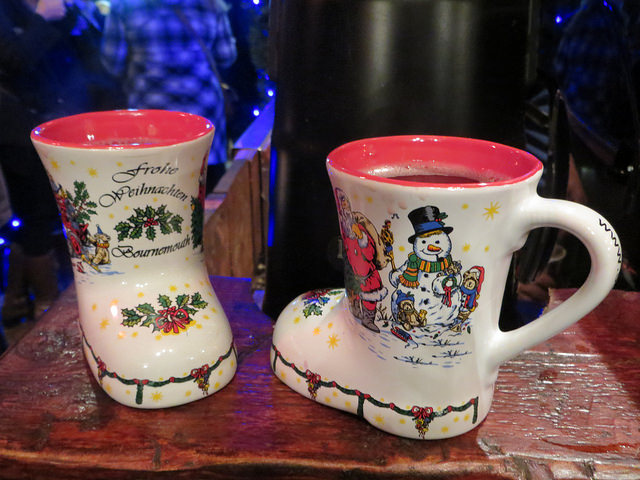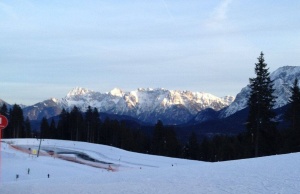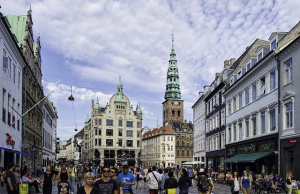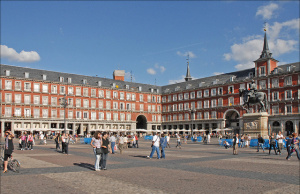A breath of fresh air in Garmisch-Partenkirchen
Just south of the picturesque small resort town of Garmisch-Partenkirchen is Germany’s highest mountain, Zugspitze, at almost 3,000 meters high.
It offers not only word-class winter sport possibilities, but also breathtaking views of the surrounding area from many points throughout the climb up to be enjoyed during any season.
World Famous Winter Resort
Many know Garmisch-Partenkirchen as a winter resort destination for ski and snowboarders. The mountain features nearly 120 km of downhill runs for all difficulty levels as well as 110 km of cross country trails, a terrain park and Germany’s first superpipe. It was even the home of the 1936 Winter Olympic Games. Today, one of the most famous activities is the New Year’s Ski Jump, where crowds gather on January 1st of each year to watch athletes fearlessly execute sky high jumps and show off their talents. It can be difficult to get tickets to this event, so it is recommended to book as early as possible.
Because Garmisch-Partenkirchen is such as popular winter sport destination there is great infrastructure to ensure that you can participate in any kind of activity possible. You can ski, sled, snowshoe-hike and even stay overnight in an igloo village!
Although I wouldn’t consider myself a particular good snowboarder, there were tons difficulty levels available and the powder was really soft (I found from falling many, many times). There are also tons of lodges scattered throughout the mountain, so you can easily take a break to warm up with a hot mug of Glühwein!
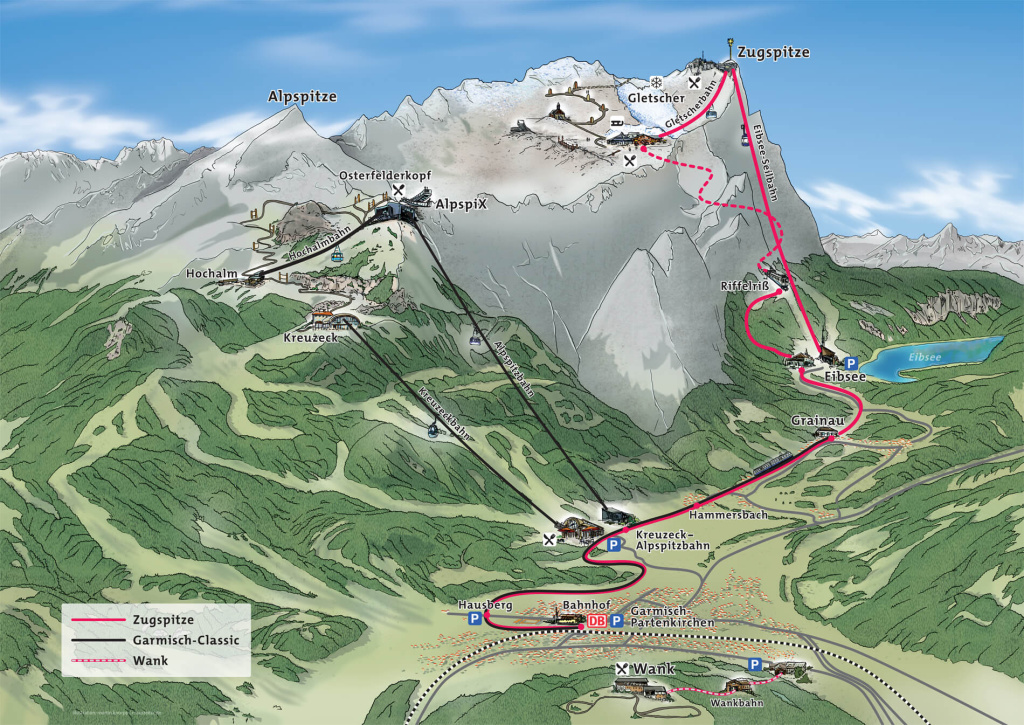
And it’s not just great in winter, either!
Although we visited in the winter, a trip to Garmisch-Partenkirchen is also a great summer activity too! You can enjoy a ride on the cable car along three different routes: Zugspitze, Garmisch-Classic and Wank (these are also offered in the winter in accordance with winter options too).
For the Zugspitze route, you can do a glacier hike and even sled on natural snow in the summer time! On the Garmisch-Classic route, activities include hiking, climbing and paragliding while the Wank route includes the options for hiking and paragliding.
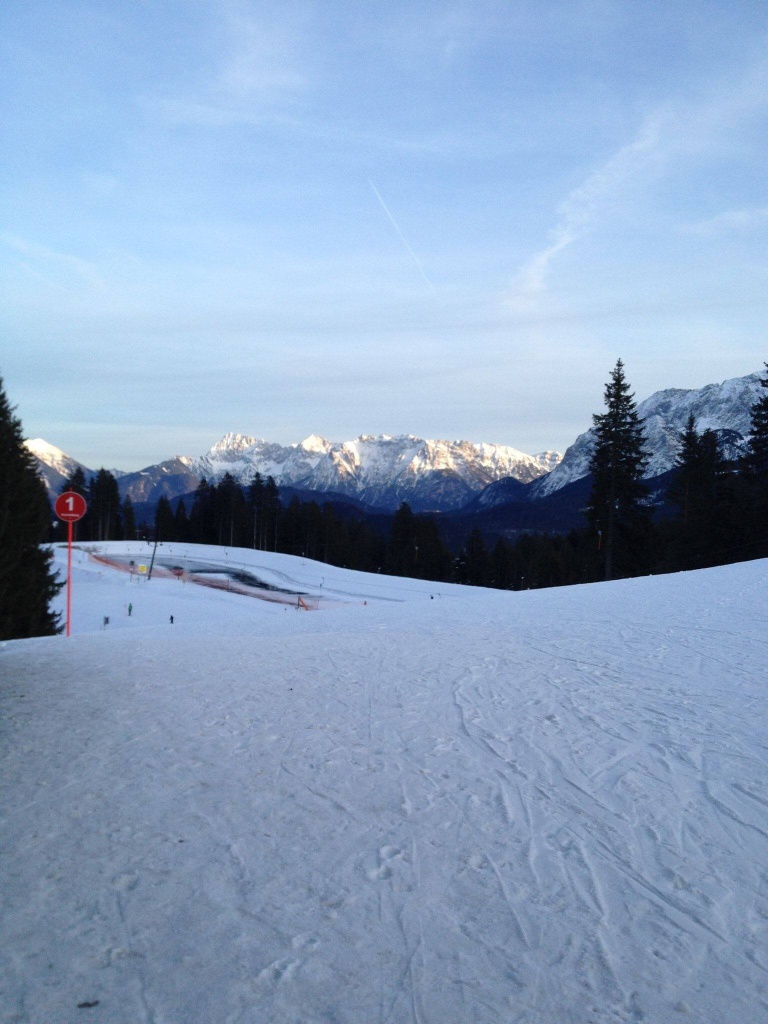
A Charming Village
What I also loved about Garmisch-Partenkirchen was the small city itself. Historically Garmisch and Partenkirchen were two separate districts with distinctly separate identities. It wasn’t until 1936 when the towns were forced to combine by Adolf Hitler in anticipation to the Winter Olympic Games. Today, visitors can notice a more modern feel in the section of Garmisch, while the fresco-filled cobblestone streets of Partenkirchen maintain a more historical point of view.
We also managed to find a great bed and breakfast, owned by a welcoming elderly couple. The room was less than 40 euros per night and we had our own bathroom. In the morning, the woman who ran the guesthouse made us a delicious full German breakfast- the perfect start to an adventure filled day!
[Zugspitze.de], [Wikipedia]
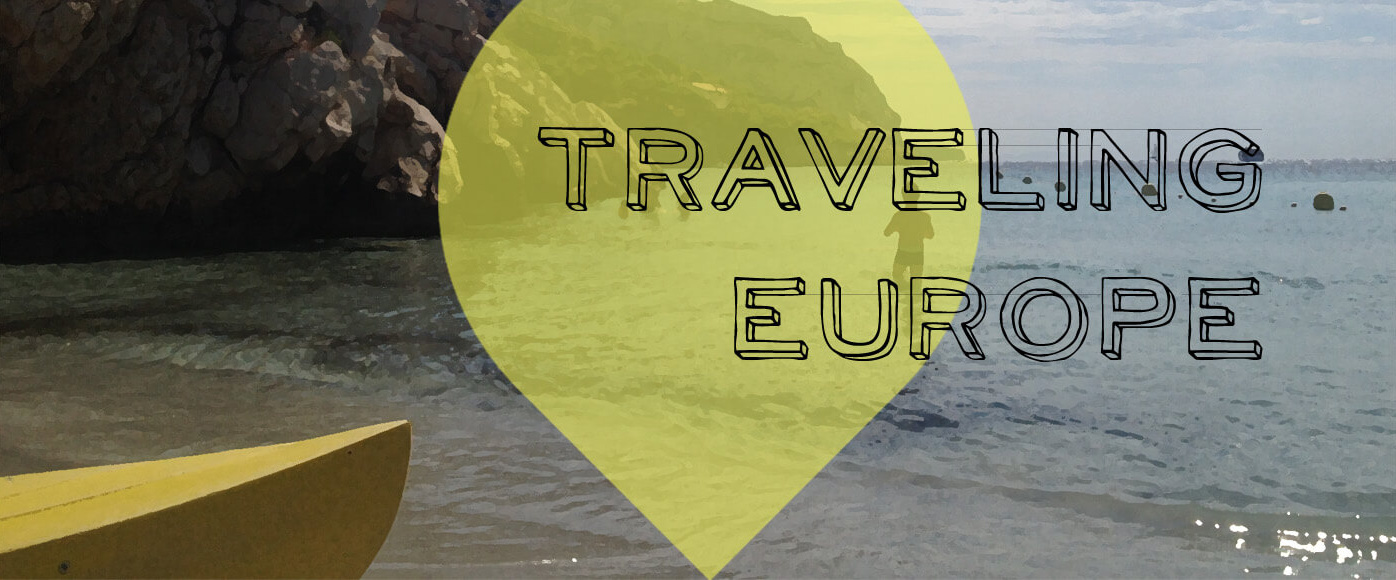

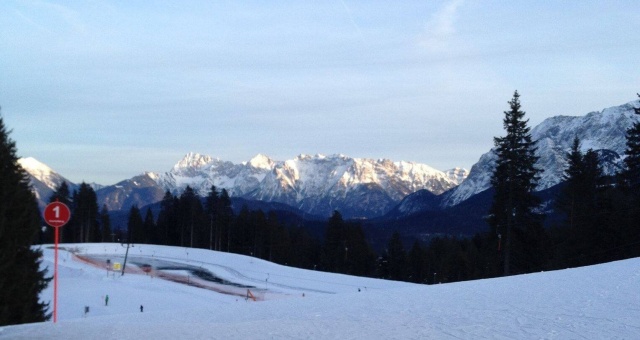

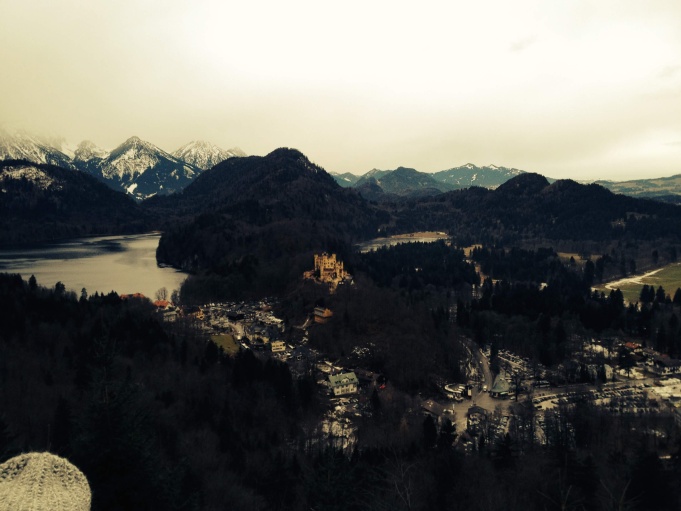

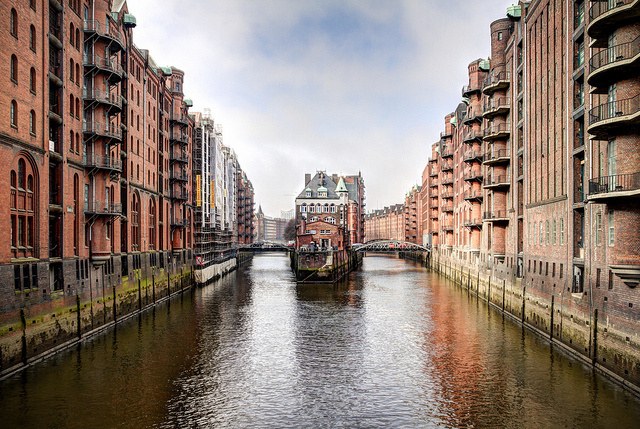


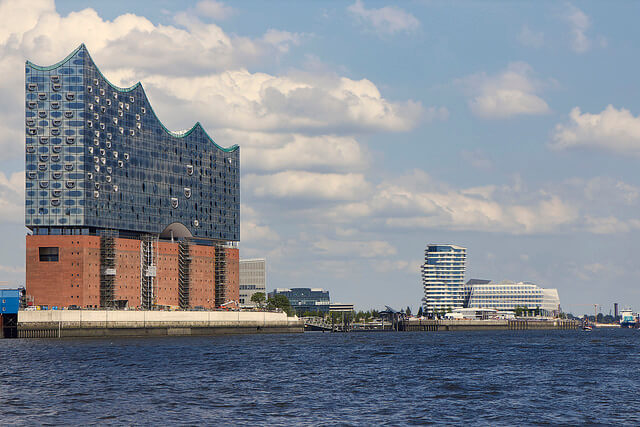

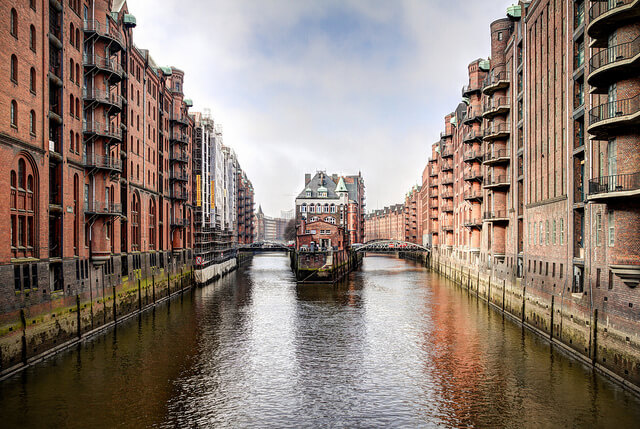
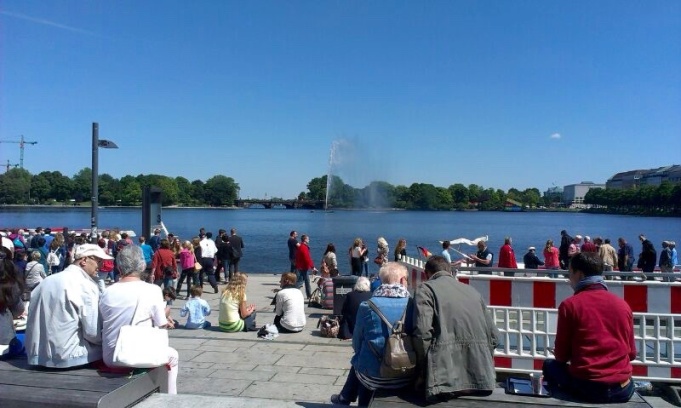
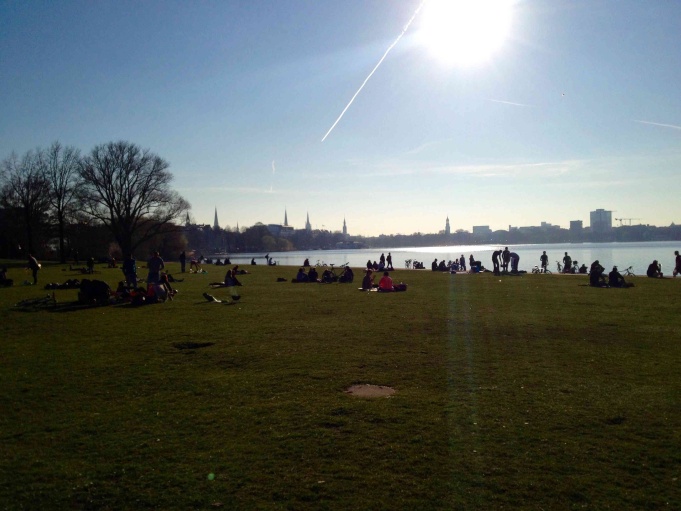
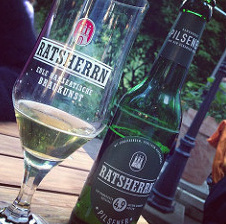
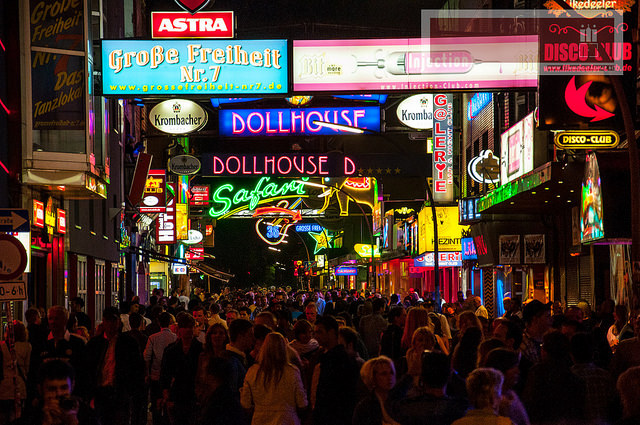
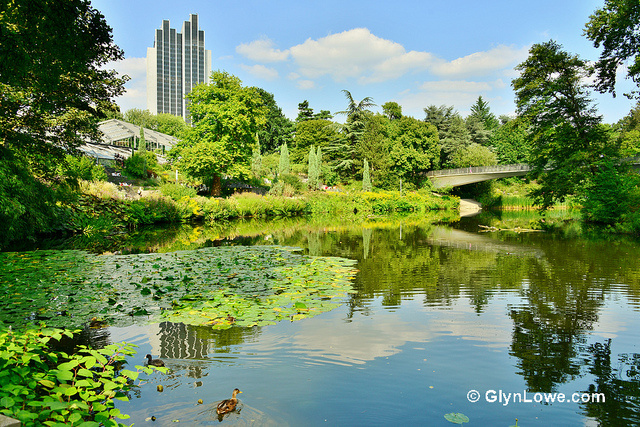
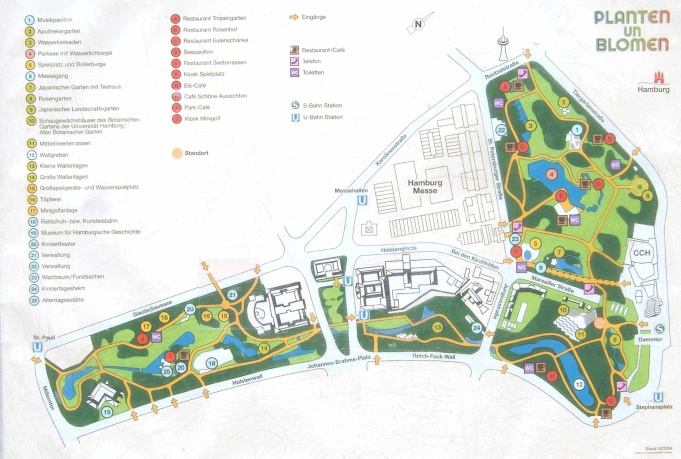
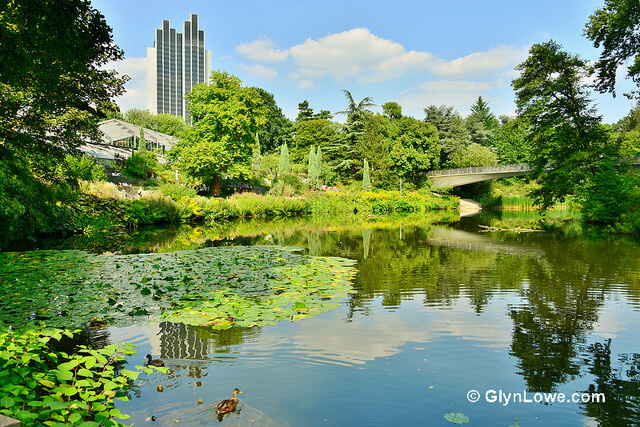
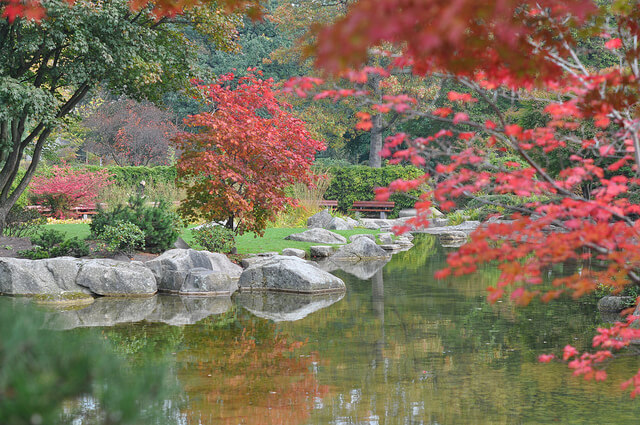
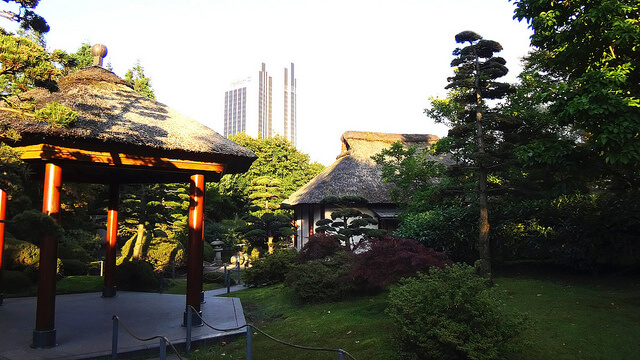
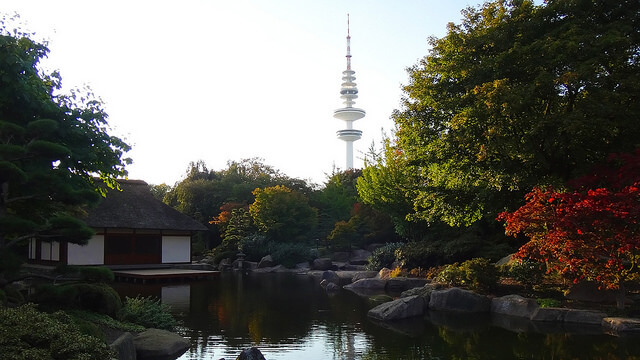
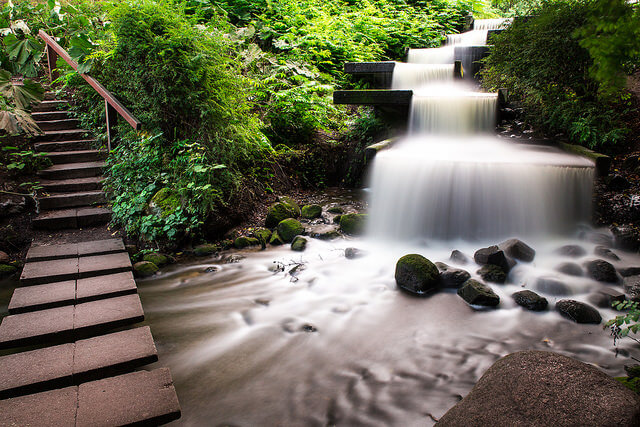
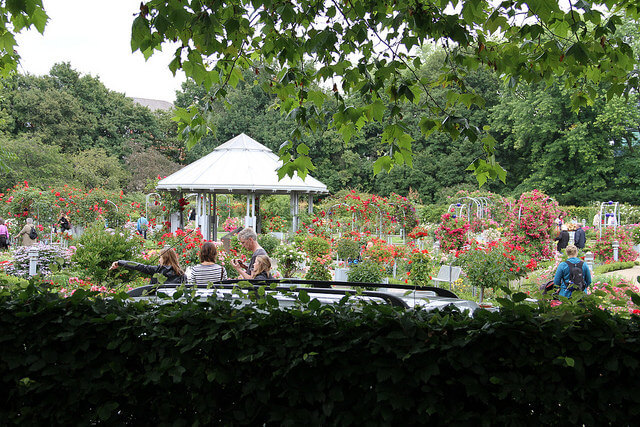
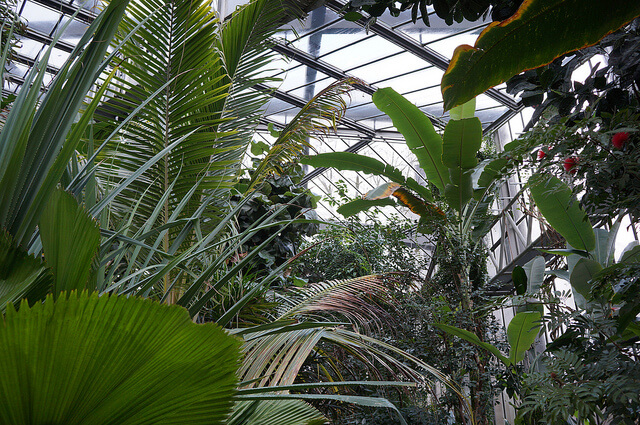

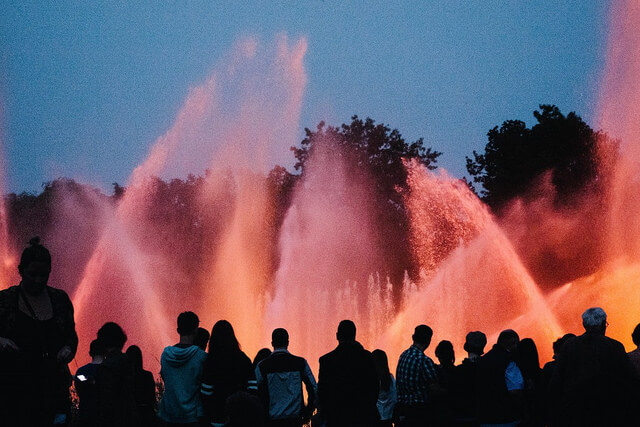
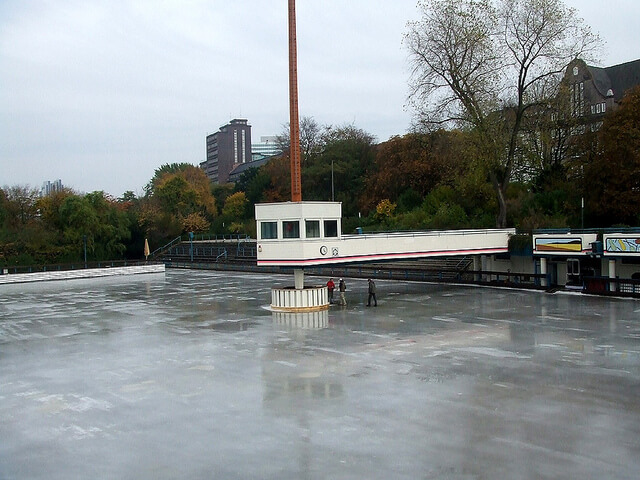
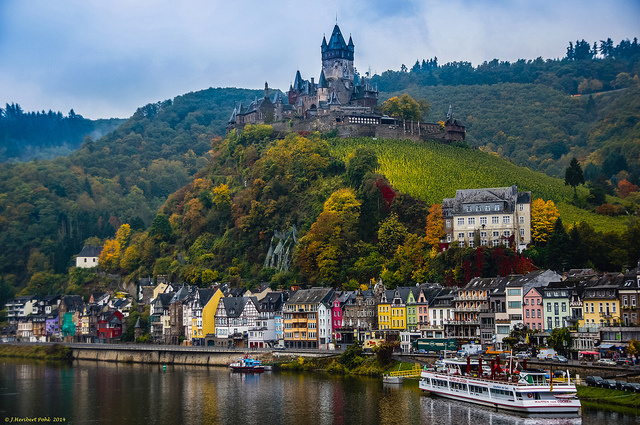
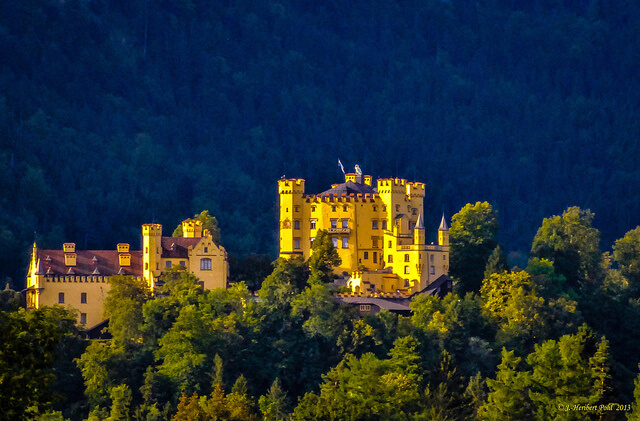
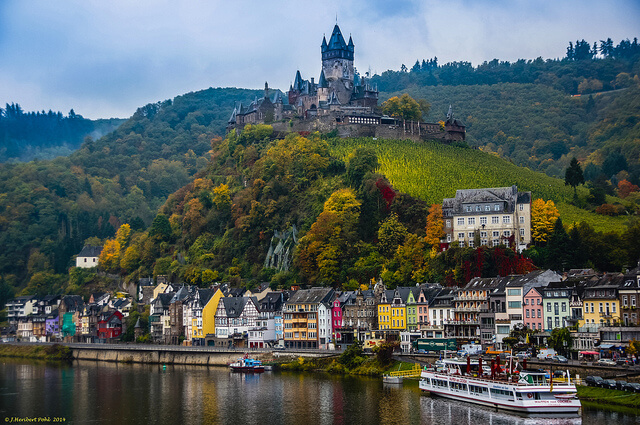
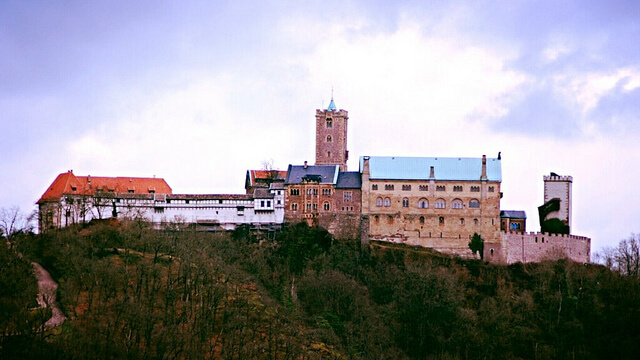
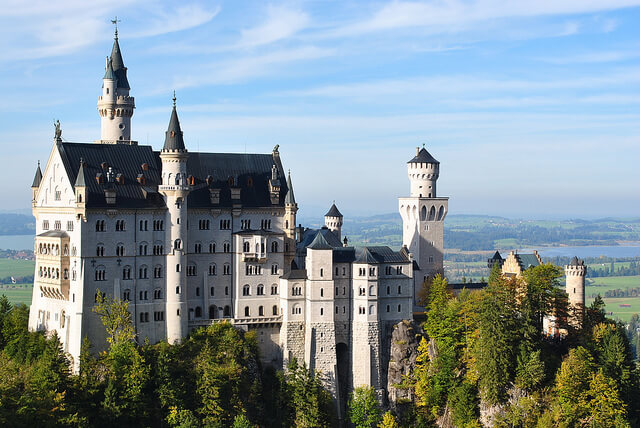




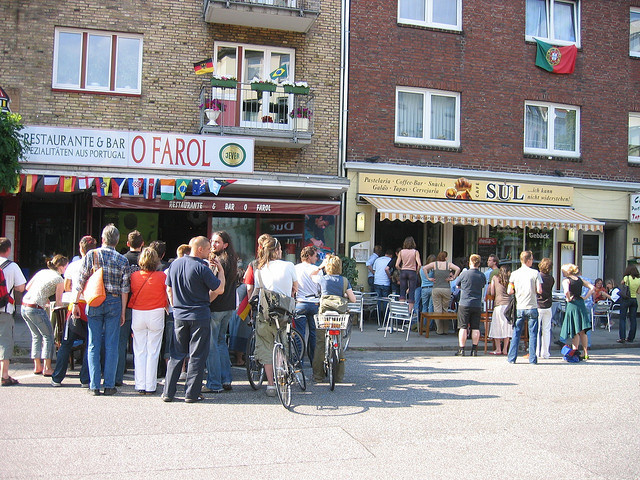
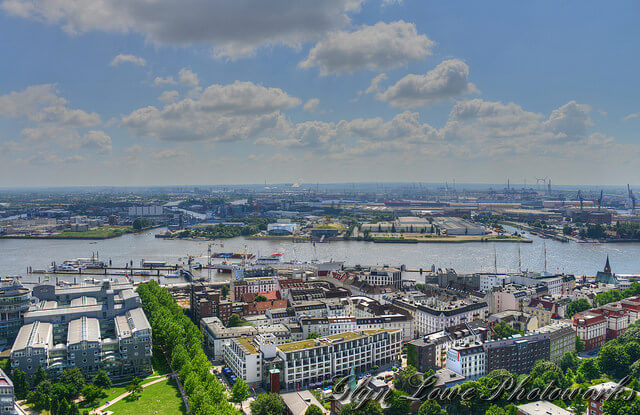
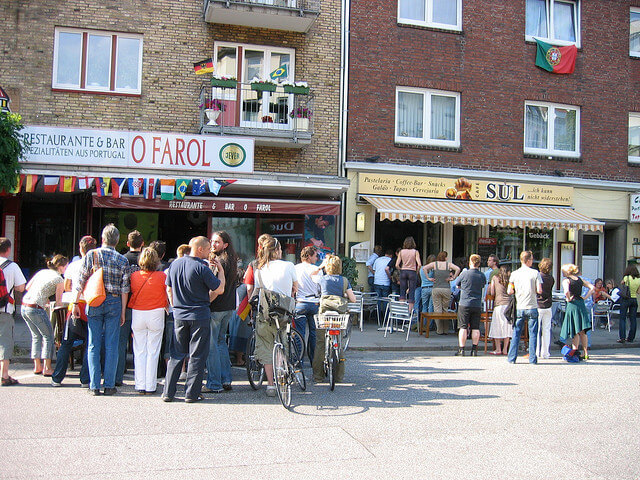
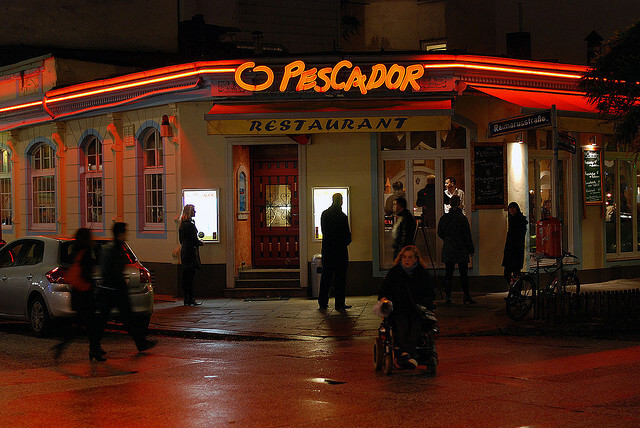
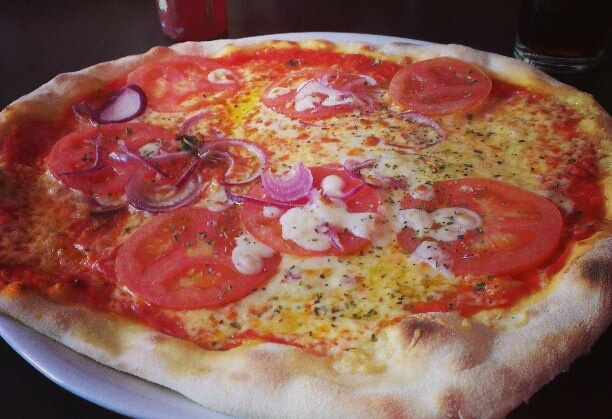
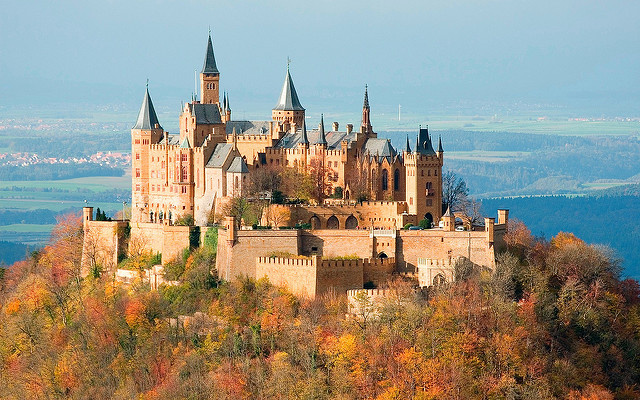
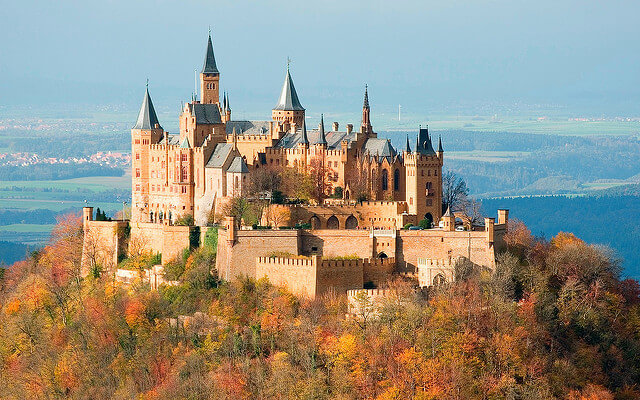
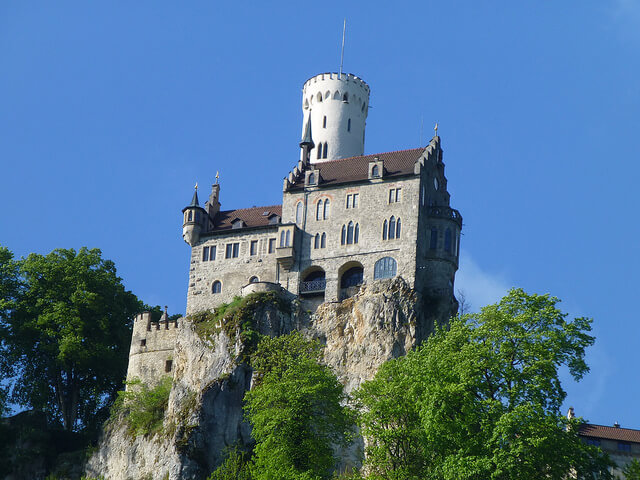
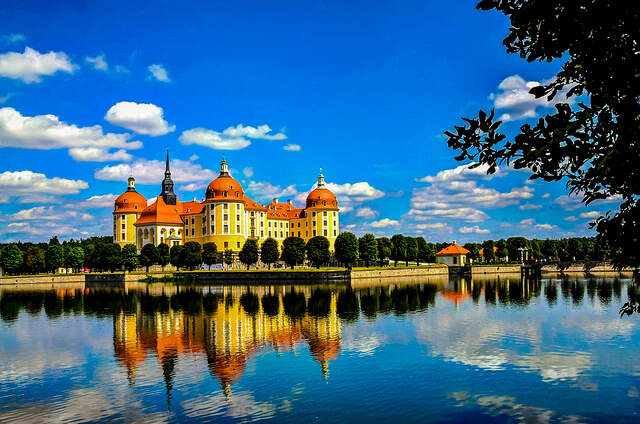
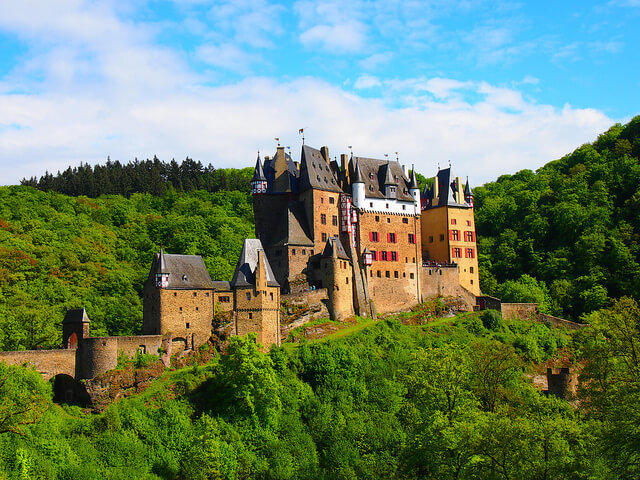
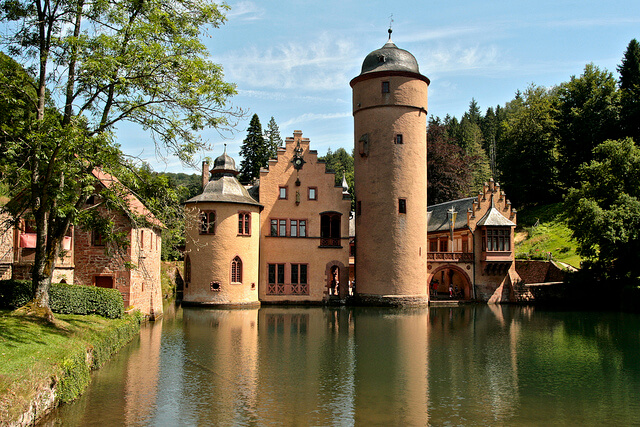
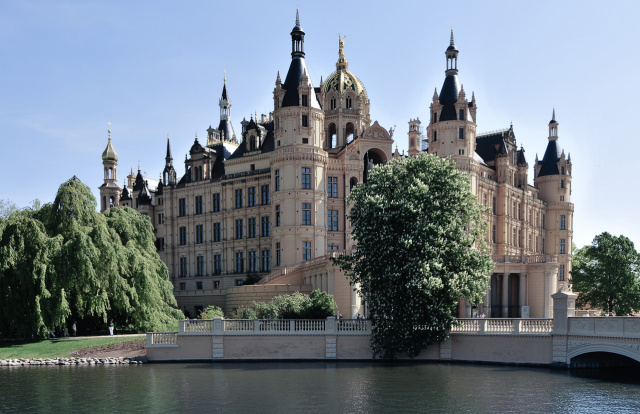
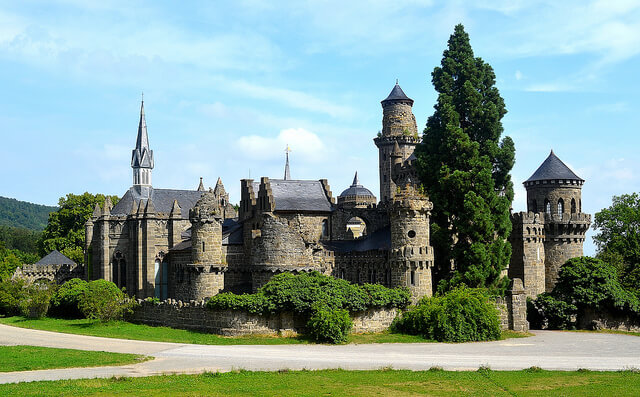
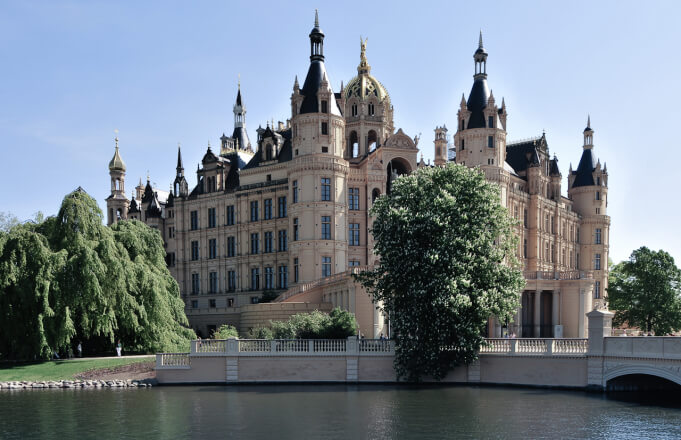
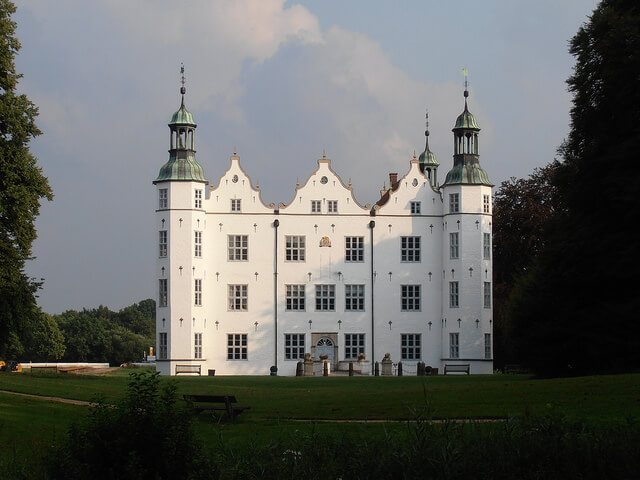
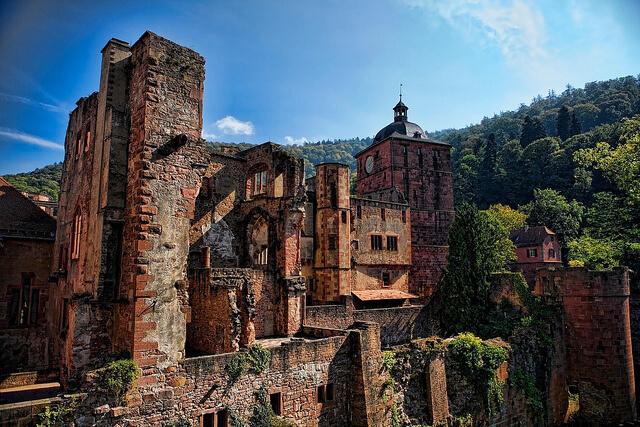
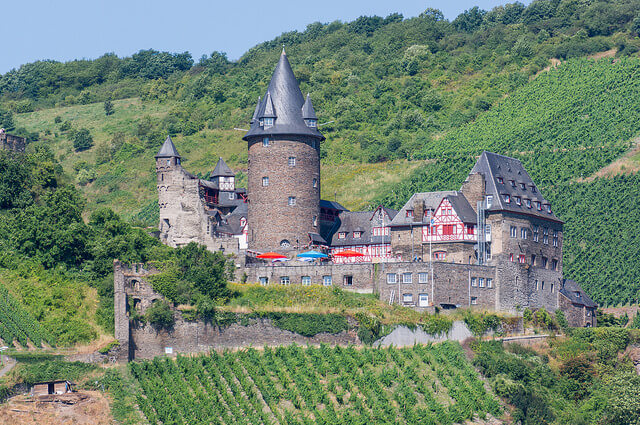
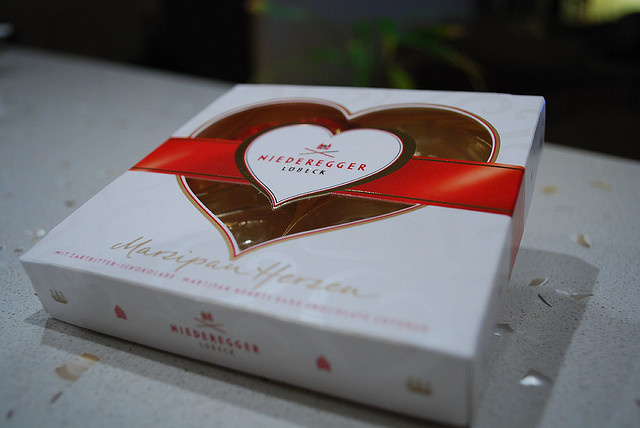
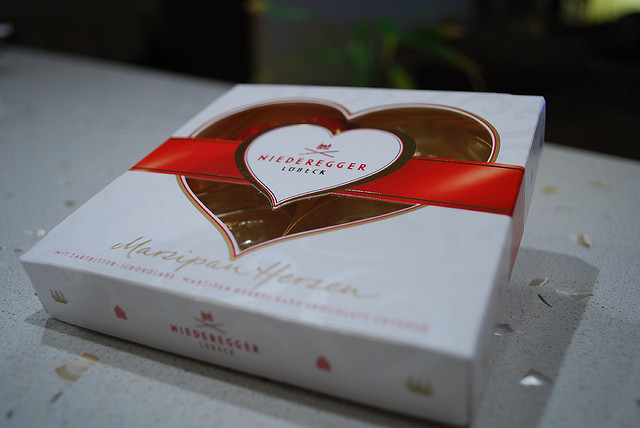
![Ratherrn Beer. Taken by By PiaHonolulu (Own work) [CC BY-SA 4.0 (http://creativecommons.org/licenses/by-sa/4.0)], via Wikimedia Commons](https://travelingeurope.biz//wp-content/uploads/2015/12/Ratsherrn-Beer.jpg)
![Käthe Wohlfahrt shop in Germany. Taken by By Photo: Andreas Praefcke (Own work (own photograph)) [Public domain], via Wikimedia Commons.](https://travelingeurope.biz//wp-content/uploads/2015/12/Käthe_Wohlfahrt-640x853-1.jpg)
